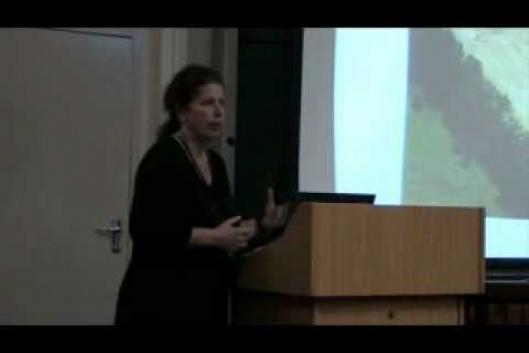Sappi Limited, South African producer of pulp and paper, plans the construction of a biomass combustion plant at Ngodwana Mill, Mpumalanga. It has a proposed capacity of about 50 megawatt, which will supply to the public grid. Misleadingly, this investment is called ‘Green Energy Power Project' (GEPP) – in reality, the power is as green as the inside of the Sappi boiler.
According to Sappi, the plant will partly operate using waste products from the pulping process, mostly screening rejects and bark. Currently this material is either burnt in the existing boilers of the mill or dumped. But the majority of the needed biomass – about 390 of 530 thousand tons per annum – will be collected in the surrounding timber plantations and then be transported by trucks to the mill site.
The massive removal of biomass, which is normally burnt or left to rot in the plantations, is hugely problematic as it would result in loss of organic matter and increased soil fertility problems. This problem is acknowledged by Sappi. They aim to rectify the situation by removing the ash from the boilers and distributing it in the plantations – which would result in even more pressure on the fragile dirt road infrastructure on plantation estates. It seems likely that GEPP will impact the soil condition in the plantations and worsen existing problems like soil nutrient impoverishment, erosion and flash flooding, which could make the affected land unusable in future.
But perhaps the direct damage caused in the surrounding environment is the lesser evil in this case: If one asks Rachel Smolker, co-director of Biofuelwatch, she says that any growing demand for wood will encourage the further expansion of plantations: ‘And of course the plantation industries are well aware of this and are part of the effort that is promoting this practice of burning wood for electricity and heat.' (1)
And indeed this is exactly what Sappi is doing at the moment – trying to increase wood dependent industries where it can, and on the other hand fighting with a struggling market for conventional pulp. This already performs well in pushing forward the production of chemical cellulose as a wood-based alternative for textiles and packaging. There are currently several Sappi mills converted to be able to produce for this profitable market.
However this would not be a problem, if the combustion of wood was the better way to produce electricity. But according to Rachel Smolker, ‘the definition of burning wood as renewable energy is where the problem starts': The reason why the combustion of biomass is actually considered to be green is no more than a calculation: It is expected that the harvested biomass will be replaced by new plants in the future, absorbing the same amount of emission from the atmosphere as generated by the combustion process. But in doing so, the so called ‘carbon-debt' is neglected. The ‘carbon debt' refers to the time it takes from when the biomass is burnt to the time it takes for the new plants to grow and ‘re-absorb' the carbon.
But even without considering this, burning wood means additional emissions of small particles, it means emissions through harvesting, transport and the destruction of natural vegetation. Thus promoting biomass combustion as renewable is critical. Nevertheless the majority of the currently produced ‘green' energy is energy resulting from wood combustion.
‘Of course alternatives to the current fossil-based model are needed', Philip Owen, international coordinator of GeaSphere, says. ‘But this alternative is reduction. We cannot afford substituting one damaging demand by another one, which is even worse.' But this substitution is happening and in this case even supported by the South African public authority. GEPP aims at claiming to be part of the ‘Independent Power Producer Procurement Programme', facilitated by the South African Department of Energy in order to produce 3,725 megawatt of 'green' electricity in cooperation with the private sector.
Instead of this increase in our dependency on timber plantations in the region - a decrease of the existing plantation area would actually be necessary – combined with an attempt to rehabilitate, diversify and utilize indigenous timber species in a ‘multiple use' forest system. ‘We can see how communities struggle with water and land – their environments and livelihoods impacted upon by large scale industrial timber plantations.' Philip Owen says. ‘The Sappi Green Energy Power Project will not help to alleviate the primary problems of land degradation – but may in fact make matters worse.'
Article by Jan Quakernack, IVA, GeaSphere, www.geasphere.co.za,www.facebook.com/geasphere
(1) Presentation by Rachel Smolker : fOSRHKsoZJ8">
